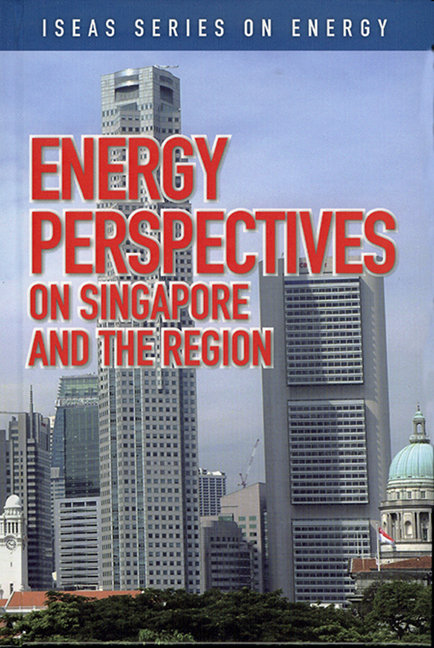Book contents
- Frontmatter
- Contents
- Foreword
- Preface
- The Contributors
- 1 Overview of Singapore's Energy Situation
- 2 Singapore's Changing Landscapes in Energy
- 3 Singapore's Role as a Key Oil Trading Centre in Asia
- 4 Large-Scale Solar PV Power Generation in Urban High-Rise Buildings in Singapore
- 5 The High-Carbon Story of Urban Development in Southeast Asia
- 6 Renewable Energy and the Environment: Technology and Economic Perspectives
- 7 Delivering Results in a Booming Rig Market
- 8 The Success Story of Rig Building in Singapore
- 9 The Singapore Oil Situation
- 10 Singapore Petroleum Company: Adding Value to the Singapore Oil Industry
- 11 Oil Storage: The Singapore Story
- REGIONAL and INTERNATIONAL
- Index
10 - Singapore Petroleum Company: Adding Value to the Singapore Oil Industry
Published online by Cambridge University Press: 21 October 2015
- Frontmatter
- Contents
- Foreword
- Preface
- The Contributors
- 1 Overview of Singapore's Energy Situation
- 2 Singapore's Changing Landscapes in Energy
- 3 Singapore's Role as a Key Oil Trading Centre in Asia
- 4 Large-Scale Solar PV Power Generation in Urban High-Rise Buildings in Singapore
- 5 The High-Carbon Story of Urban Development in Southeast Asia
- 6 Renewable Energy and the Environment: Technology and Economic Perspectives
- 7 Delivering Results in a Booming Rig Market
- 8 The Success Story of Rig Building in Singapore
- 9 The Singapore Oil Situation
- 10 Singapore Petroleum Company: Adding Value to the Singapore Oil Industry
- 11 Oil Storage: The Singapore Story
- REGIONAL and INTERNATIONAL
- Index
Summary
In 2006, Singapore Petroleum Company (SPC) celebrated its thirty-seventh anniversary. It would be difficult to compress the SPC story within the space limitations of this chapter. Suffice it to say that the growth of SPC over the years has largely mirrored the dramatic changes in the Singapore oil industry.
SPC was formed in 1969 as a joint venture among Amoco, DBS and Oceanic Petroleum. The objective was to pool resources and share risks to build an oil refinery to meet the burgeoning demand for petroleum products in the region, particularly from Japan. Each partner had a significant role to play: In addition to providing the management and technical expertise, Amoco would also supply the crude from their newly discovered oil fields in Iran; Oceanic would provide the technical manpower from CPC in Taiwan to operate the refinery; and DBS would assist in capital financing and the knowledge of the local business environment.
This was indeed a bold decision as none of the investors had the markets for the products. What SPC lacked in market position was more than made up by its strong conviction that Singapore should have a direct ownership interest in the nascent but fast-growing oil industry in Singapore, as evidenced by the rapid succession of new foreign investments by Shell, Maruzen Oil (subsequently taken over by BP), Mobil and Esso in setting up oil refineries here to serve the region.
In the beginning, SPC literally started from scratch. It commenced marine bunkering with imported products and leased storage while the refinery, with an initial capacity of 65,000 barrels a day, was being built on Pulau Merlimau. The refinery came on stream in July 1973 just before the first oil crisis precipitated by the Arab oil embargo. The original refinery was basically a simple topping plant with some de-sulfurization capacity. In order to ensure the disposal of the products, about 65 per cent of the refinery output was committed to Japan under long-term contracts. These were mainly naphtha and low sulfur fuel oil.
- Type
- Chapter
- Information
- Energy Perspectives on Singapore and the Region , pp. 98 - 105Publisher: ISEAS–Yusof Ishak InstitutePrint publication year: 2007



